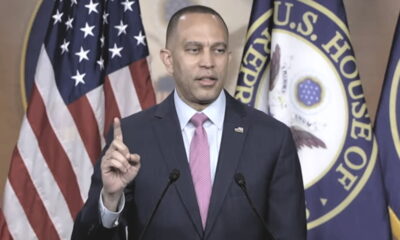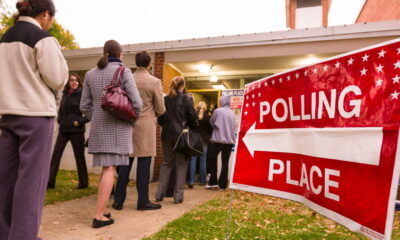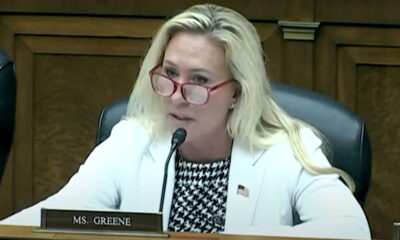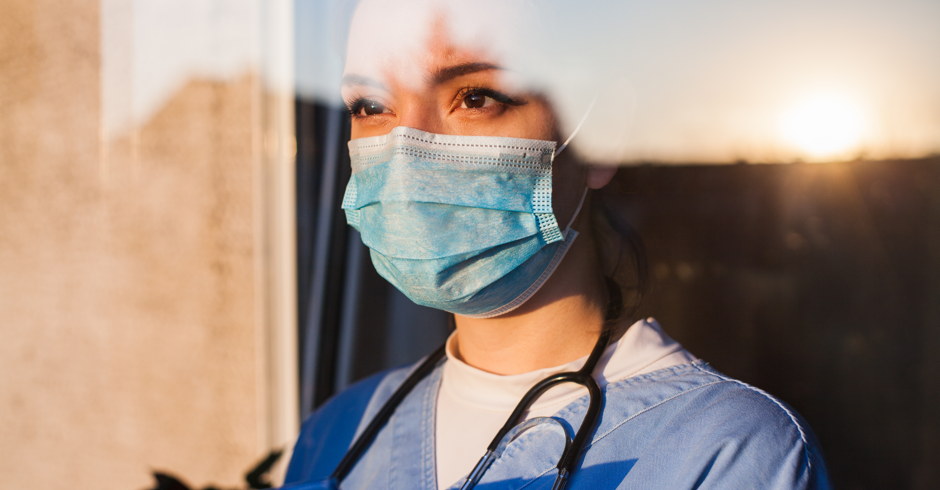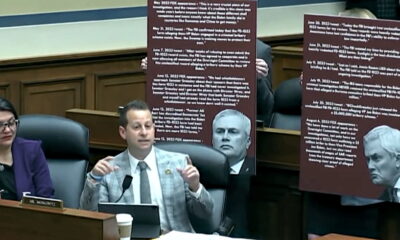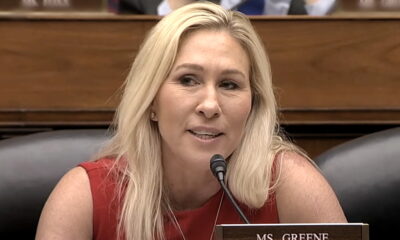SCOTUS
Clarence Thomas Absent From First Day of New Supreme Court Term
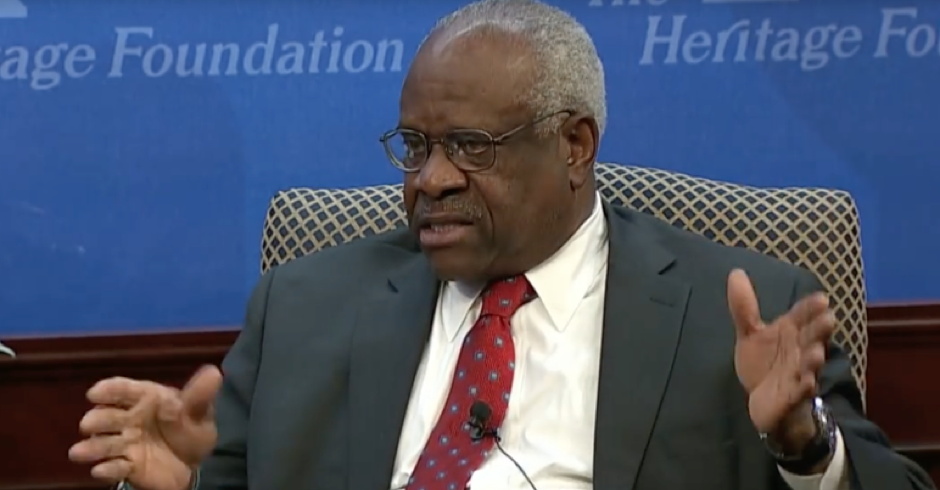
Justice Clarence Thomas was absent Monday from the first official day of the U.S. Supreme Court’s new term. Chief Justice John Roberts delivered a short statement saying Justice Thomas, 71, was absent due to an illness, according to Reuters.
The Chief Justice did not elaborate or say when Thomas is expected to return. Thomas is expected to still participate in deciding the three cases being argued before the Court today.
Justice Clarence Thomas, according to an analysis by political scientists, is the most-conservative of the nine justices currently on the bench. The Court’s newest justice, Brett Kavanaugh, comes in at a close second.
On Tuesday the Court will hear arguments in three landmark cases that could decide the future of the LGBTQ community’s rights to work, and just how much discrimination can legally be used against them.
RELATED STORIES:
Look: SCOTUS Justice Clarence Thomas Embraces Two Of America’s Most Active Anti-Gay Activists
Clarence Thomas: Slavery Didn’t Take Away Dignity So How Can Same-Sex Marriage Bestow It?
This is a breaking news and developing story. Details may change. This story will be updated, and NCRM will likely publish follow-up stories on this news. Stay tuned and refresh for updates.

Enjoy this piece?
… then let us make a small request. The New Civil Rights Movement depends on readers like you to meet our ongoing expenses and continue producing quality progressive journalism. Three Silicon Valley giants consume 70 percent of all online advertising dollars, so we need your help to continue doing what we do.
NCRM is independent. You won’t find mainstream media bias here. From unflinching coverage of religious extremism, to spotlighting efforts to roll back our rights, NCRM continues to speak truth to power. America needs independent voices like NCRM to be sure no one is forgotten.
Every reader contribution, whatever the amount, makes a tremendous difference. Help ensure NCRM remains independent long into the future. Support progressive journalism with a one-time contribution to NCRM, or click here to become a subscriber. Thank you. Click here to donate by check.
 |




